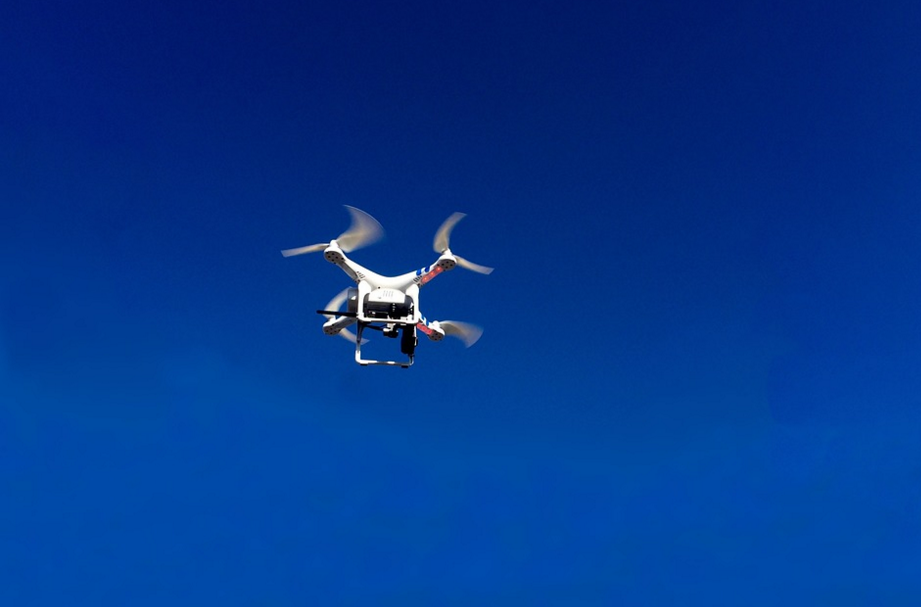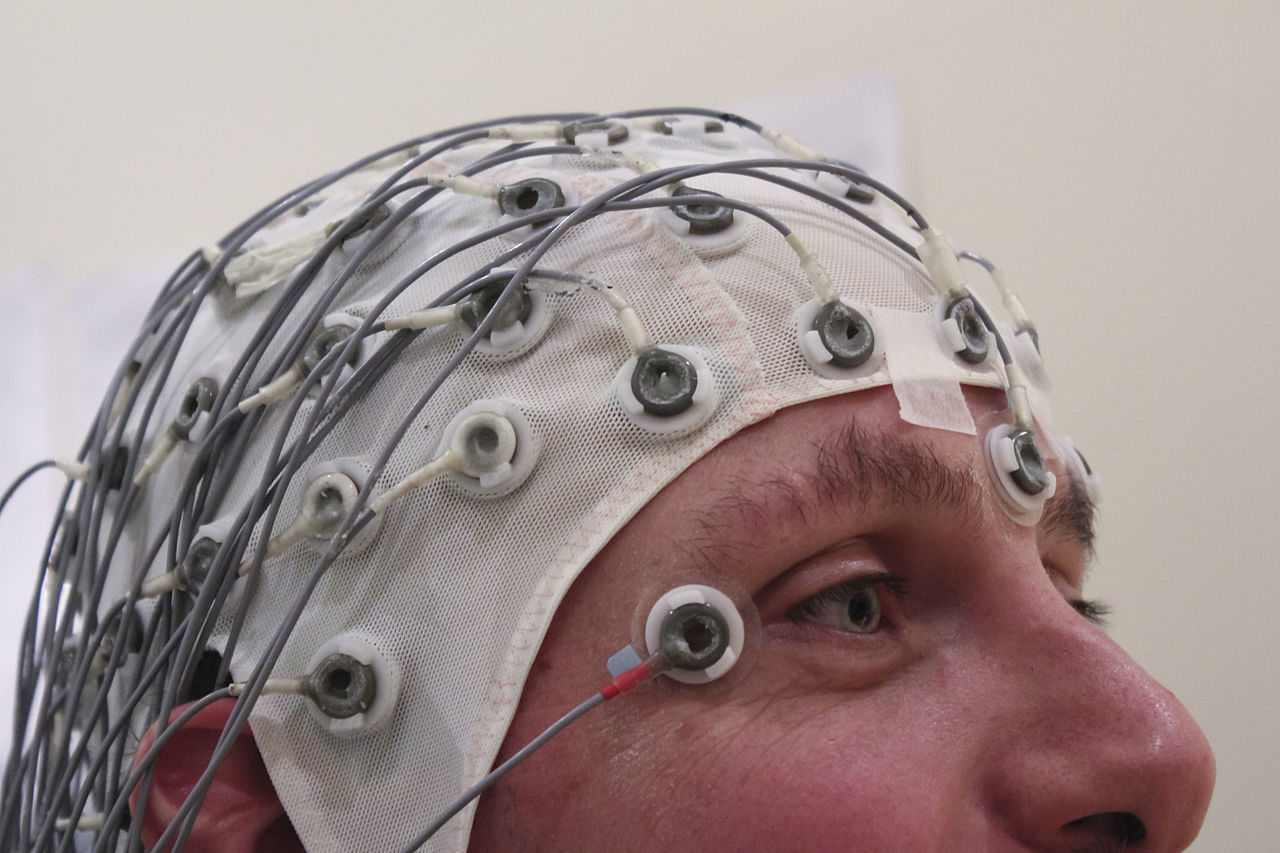UK troops will soon have palm-sized drones for monitoring enemies on the battlefield
11/26/2019 / By Edsel Cook

The British Army is getting additional electronic eyes in the sky in the form of drones that fit in the palm of a soldier’s hand. Hundreds of the “Black Hornet” surveillance drones will eventually replace human troops in the dangerous roles of surveillance and reconnaissance on the battlefield.
Developed by the UK Ministry of Defense (MOD), the Black Hornet is a miniature helicopter drone. Weighing less than 200 g (seven ounces) and controlled by a human operator, it can survey a large swathe of land.
The MOD plans to spend $87 million on automated military systems. A 200-strong fleet of Black Hornets would take up almost half of that sum with a total cost of $41 million.
During a recent conference on autonomous military systems, UK Defense Secretary Gavin Williamson remarked that the Black Hornet would provide improved situational awareness for military commanders at all levels. Guided by their eye in the sky, they would outmaneuver and overcome potential enemies on the battlefield. (Related: AI expert warns that military robots could go off the rails and wipe out the very people they are supposed to protect.)
British Army is spending millions on mini-drones and driver-less supply transports
In the conference, Williamson also stated that MOD had assigned another $30 million to acquire autonomous vehicles that would bring supplies to soldiers on the battlefield.
Using aerial and ground drones to transport supplies under enemy fire is safer than sending vehicles with drivers. Human soldiers will be able to concentrate on combat.
Further, the MOD wanted remote control systems for installation on current armored vehicles, allowing them to be run and controlled from a distance by human operators.
The converted crew-less tanks and armored fighting vehicles would go ahead of their conventional counterparts. They would locate enemy forces – such as enemy drones – and gauge the latter’s capabilities without putting human lives at risk.
Williamson assured his listeners that the British Army would get the very best in drone equipment. He claimed that the UK is a world leader in new technology and was embracing drones more quickly than other nations.
In 2018, the UK military held Exercise Autonomous Warrior. The largest military robot exercise in British history, it evaluated numerous robotic systems.
“We’re seizing the opportunities to step up,” he said. “Innovation will count for nothing unless we get great ideas off the drawing board, into production and out to the frontline,” he stated.
MOD promises timely delivery of surveillance drone systems
Earlier delays in the delivery of other vital equipment programs had led to concerns about similar schedule slips in bringing the drones to the troops that needed them. But Williamson assured listeners that the Autonomous Warrior Exploitation program would meet its 2019 schedule.
The Defense Secretary shared his expectations that the new robotic systems would see front line service very quickly. Some of the drone systems were already waiting for transportation to UK forces deployed in Afghanistan, Iraq, and Estonia.
“Part of the development of this new technology is about usage, it is not about keeping it away from the frontline, it’s not about keeping it away from our forces,” Williamson remarked. “It is about getting our Army to use them, to learn from them and how we can continue to improve what we are doing so we can start leaping ahead in terms of the technological advances.”
The British Army looked forward to harvesting the fruits of the MOD’s technological investment. Army head General Sir Mark Carleton-Smith said that the latest generation of military vehicles, robotic systems, and autonomous units would help ensure the Army succeeded on the modern battlefield.
Sources include:
Tagged Under: advanced military systems, aerial drones, autonomous military, badtech, drones, military technology, mini drones, robotics
RECENT NEWS & ARTICLES
COPYRIGHT © 2017 FUTURETECH.NEWS
All content posted on this site is protected under Free Speech. FutureTech.news is not responsible for content written by contributing authors. The information on this site is provided for educational and entertainment purposes only. It is not intended as a substitute for professional advice of any kind. FutureTech.news assumes no responsibility for the use or misuse of this material. All trademarks, registered trademarks and service marks mentioned on this site are the property of their respective owners.



















